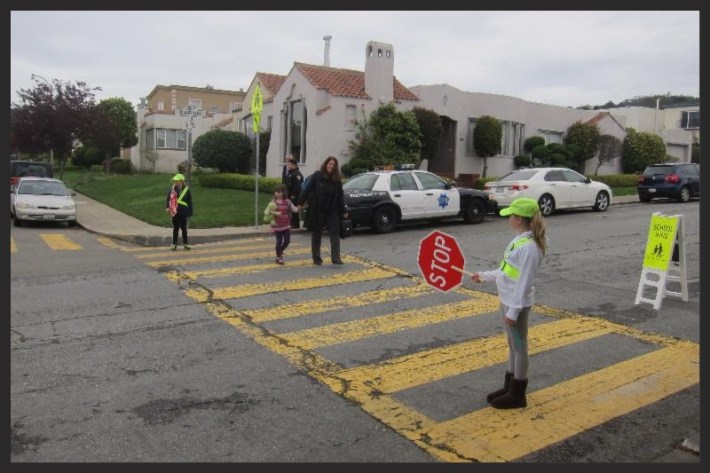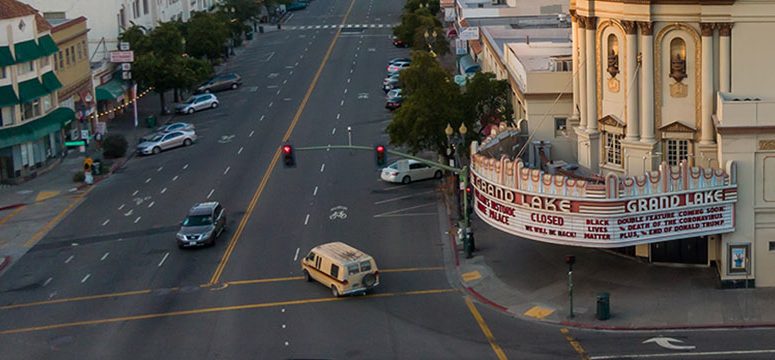Supervisor Norman Yee wants to see student crossing guards return to schools across the city, five years after the program folded.
Yee re-launched the program as a pilot last year at three schools in District 7, which includes some of the city's most suburban neighborhoods. Since last March, students at Commodore Sloat Elementary, Lakeshore Elementary, and Alice Fong Yu Alternative School have participated.
"We have received requests for student crossing guards from two dozen other schools," said Yee. "Principals, parents and students have commented how pick-up and drop-off times have improved because of the presence and visibility of our student crossing guards."
Yee requested a hearing "to explore the possibilities of expanding [the program] citywide." The school crossing guard program has been partially funded by the American Automobile Association, according to a KPIX report on the pilot program last year:
The school crossing guard program faded away citywide in 2010, after AAA moved out of its San Francisco headquarters, but AAA is now providing the neon green hats, sashes and badges that will be worn by the young guards.
"In District 7, we have many dangerous corridors, which affects student getting to and from schools," said Yee. "We also have schools with very congested roads during drop-off and pick-up times which causes unsafe conditions for pedestrians."
At least one school principal has said that "grown-ups behave better" around child crossing guards than adult crossing guards. But Yee's enthusiasm for the program also seems partially rooted in the belief that kids should bear the onus of not getting run over by drivers.
"Through our Vision Zero work, we realized that education plays a crucial role in our three-pronged approach to ending pedestrian fatalities," said Yee. "To address the issue of pedestrian safety at schools, it is important to engage young children as part of the solution."
He added that the program will "hopefully" help kids "become safer future drivers on the road."
Yee, who was hit by a driver in a crosswalk in 2006, said he served as a volunteer crossing guard himself as an elementary school student in SF. "The experience instilled in me the importance of traffic safety."






